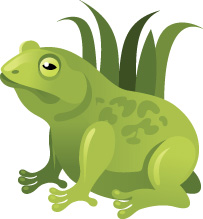Spring frog/toad activity good time to use ears


Frogs will soon begin chorusing throughout Wisconsin, and the DNRs is looking for volunteers to lend their ears for help with two frog and toad surveys.
On...


Frogs will soon begin chorusing throughout Wisconsin, and the DNRs is looking for volunteers to lend their ears for help with two frog and toad surveys.
On...